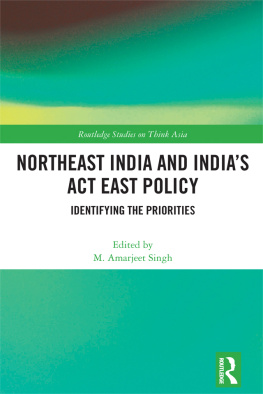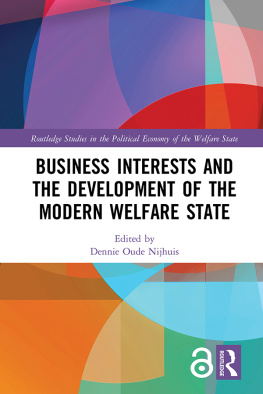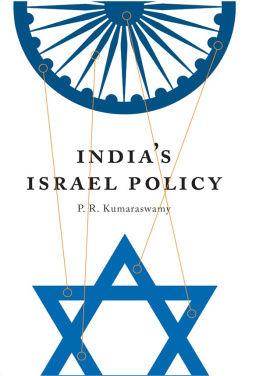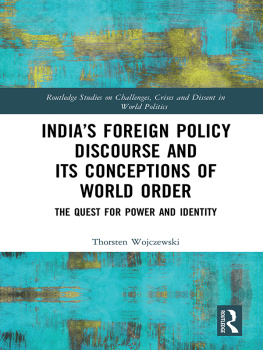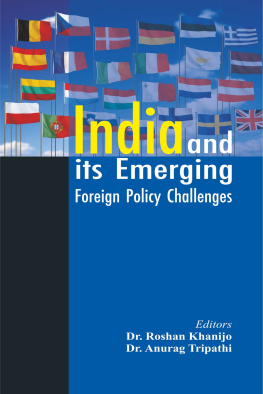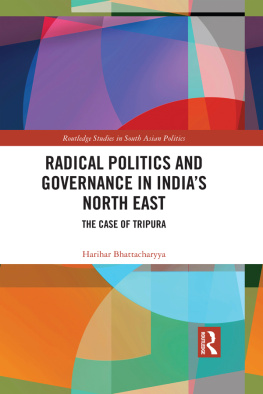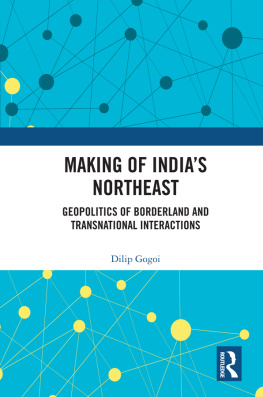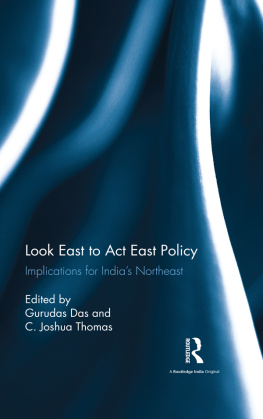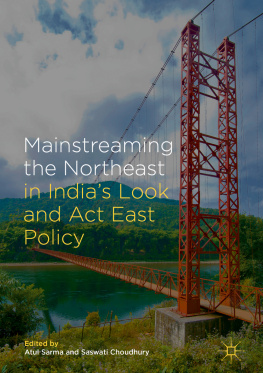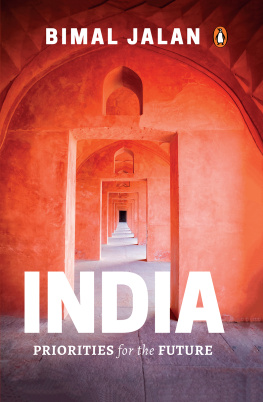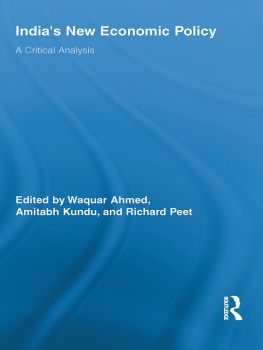Northeast India and India's Act East Policy
This book offers an understanding of the expectations and challenges of Northeast India in the context of Indias Act East policy. It critically examines how the policy is being pursued by the incumbent Bharatiya Janata Party-led central government and analyses its relevance from local perspectives.
Contributors to the book provide an examination of the differences between Look East and Act East policy and explanations of the expectations of Indias neighbouring countries, particularly Myanmar, towards Northeast India. They ask the following questions: a) What is to be done to integrate Indias Northeast region meaningfully into the Act East policy? What is the motive of linking this policy with these states? How is this policy received by the local communities? b) What are the challenges of the Northeast region? What are their needs and priorities? How can these states showcase their potentials to Southeast Asia and East Asia? c) What is the significance of the changes from Look to Act East Policy? Has the regime change affected the continuity in the policy? What are the short- and long-term goals? d) What are the expectations of Southeast Asia and East Asia? By addressing these questions, they bridge the knowledge gaps that exist in the understating of the Northeast region of India vis--vis the Act East policy.
The first book to combine a balanced view of Indias Act East policy and Northeast India, it will be of interest to policy makers and academics in the fields of Development Studies, International Relations, Northeast India and South Asian Politics.
M. Amarjeet Singh is Professor at the Centre for North East Studies and Policy Research, Jamia Millia Islamia (A Central University), India, where he teaches courses on social conflict, and society and politics of Indias Northeast. His research interest focuses on conflict studies, identity politics, and migration studies. His previous publications include the co-edited book Identity, Contestation and Development in Northeast India (Routledge India, 2015).
Routledge Studies on Think Asia
Edited by Jagannath P. Panda
This series addresses the current strategic complexities of Asia and forecasts how these current complexities will shape Asias future. Bringing together empirical and conceptual analysis, the series examines critical aspects of Asian politics, with a particular focus on the current security and strategic complexities. The series includes academic studies from universities, research institutes and think-tanks and policy oriented studies. Focusing on security and strategic analysis on Asias current and future trajectory, this series welcomes submissions on relationship patterns (bilateral, trilateral and multilateral) in Indo-Pacific, regional and sub-regional institutions and mechanisms, corridors and connectivity, maritime security, infrastructure politics, trade and economic models and critical frontiers (boundaries, borders, bordering provinces) that are crucial to Asias future.
1. India and China in Asia
Between Equations and Equilibrium
Jagannath P. Panda
2. Northeast India and Indias Act East Policy
Identifying the Priorities
Edited by M. Amarjeet Singh
URL: www.routledge.com/Routledge-Studies-on-Think-Asia/book-series/TA
Northeast India and India's Act East Policy
Identifying the Priorities
Edited by M. Amarjeet Singh
First published 2020
by Routledge
2 Park Square, Milton Park, Abingdon, Oxon OX14 4RN
and by Routledge
52 Vanderbilt Avenue, New York, NY 10017
Routledge is an imprint of the Taylor & Francis Group, an informa business
2020 selection and editorial matter, M. Amarjeet Singh; individual chapters, the contributors
The right of M. Amarjeet Singh to be identified as the author of the editorial material, and of the authors for their individual chapters, has been asserted in accordance with sections 77 and 78 of the Copyright, Designs and Patents Act 1988.
All rights reserved. No part of this book may be reprinted or reproduced or utilised in any form or by any electronic, mechanical, or other means, now known or hereafter invented, including photocopying and recording, or in any information storage or retrieval system, without permission in writing from the publishers.
Trademark notice : Product or corporate names may be trademarks or registered trademarks, and are used only for identification and explanation without intent to infringe.
British Library Cataloguing-in-Publication Data
A catalogue record for this book is available from the British Library
Library of Congress Cataloging-in-Publication Data
A catalog record has been requested for this book
ISBN: 978-0-367-25060-7(hbk)
ISBN: 978-0-429-28579-0(ebk)
Typeset in Times New Roman
by Apex CoVantage, LLC
Contents
- PART I
The changing geopolitics - PART II
Northeast India in the Act East policy
- PART I
The changing geopolitics - PART II
Northeast India in the Act East policy
Guide
A two-day conference on Indias Act East Policy: Needs and Priorities of Northeast India and Myanmar was organised by the Centre for North East Studies and Policy Research, Jamia Millia Islamia, New Delhi in collaboration with the Nehru Memorial Museum & Library, New Delhi during 1213 March 2018. The conference drew participation by scholars and students from within India and abroad.
The funding for the conference was made available from a generous grant from the North Eastern Council, Government of India, meant for the Upgradation of Centre for North East Studies and Policy Research, Jamia Millia Islamia, New Delhi.
This book is not the proceedings of said conference, as I have not selected all the papers presented. The chapters were selected after a lengthy internal reading and external refereeing. I am thankful to all the contributors for their patience, and also to the two unknown academic reviewers for bringing so much joy to me.
The book, consisting of 12 chapters, excluding the introductory chapter, hopes to bridge the knowledge deficit that exists in our understanding of the Northeast region of India vis--vis the Act East policy. Much has been discussed and written about this policy and its relevance in the context of Northeast India. However, the existing academic and activist writings seldom spell out the priorities of different states of the region, and how the policy is being pursued by the present government of the country. Thus, in this book, an attempt has been made to answer several critical questions: what should be done to achieve the desired goal? What are the specific needs and priorities of different states of the region? How can the region showcase its potentials? What are the challenges? What is the significance of the change from Look to Act East policy? Is it merely changing nomenclature? What are the short- and long-term goals of the policy? Various chapters in this book attempt to answer these questions.
At Jamia Millia Islamia, I am indebted to Prof. Talat Ahmad, the then Vice-Chancellor; Mr. A.P. Siddiqui, the Registrar; Dr. Abdul Malik, Joint Registrar; and Prof. Simi Malhotra, Director, Centre for North East Studies and Policy Research for their support in the organisation of the conference. I am also grateful to Shri Shakti Sinha, Director, Nehru Memorial Museum & Library, New Delhi for his encouragement.


